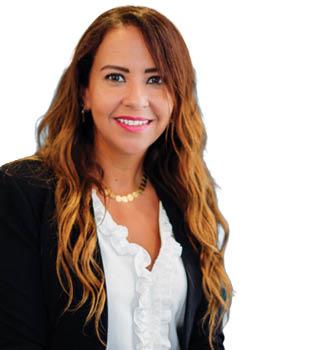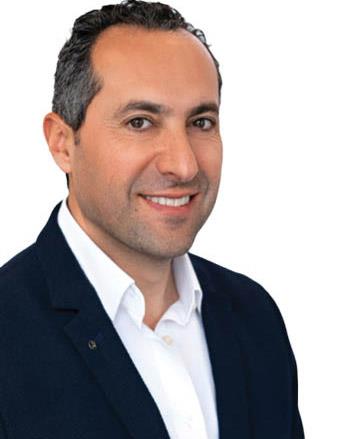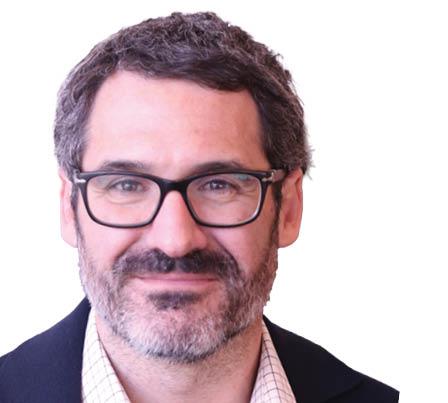16 December 2025

Dalia Nabil, MEA Head of Pre-Sales,
Nokia Cloud and Network Services (CNS)
African operators are navigating a cyber landscape where threats evolve faster than traditional defences can react, making proactive discovery essential rather than optional. With AI-driven threat hunting now within reach, the region has a real opportunity to leapfrog outdated security models and build intelligence-led resilience from the ground up.
Many African operators and enterprises still rely on traditional reactive defences. What steps can they take to build a proactive threat discovery and hunting capability?
Read the full article15 December 2025

Yanniv Betito, Telesat’s RVP of
Business Development for EMEA
Africa’s digital leap won’t happen on fibre alone — and satellites are quietly becoming the continent’s most strategic back-up plan and launchpad in one...
Africa’s connectivity challenge remains vast and varied. Where do you see the largest gaps and which of those can satellite technology realistically address first?
Infrastructure remains the greatest challenge across Africa, although regulation and affordability also add significant complexity. Satellite connectivity can directly strengthen infrastructure by improving reliability, interconnecting countries and gateways, and providing both primary and backup links that accelerate development.
15 December 2025

Africa’s digital momentum is accelerating, and satellite technology is emerging as one of the continent’s most powerful equalisers. SES lays out how its multi-orbit strategy, new scale, and sharpened focus aim to transform connectivity across Africa over the next five years.
Pablo Catapodis, Vice President, Africa Sales
A frica is moving into a new phase of satellite-driven connectivity, and within this rapidly evolving landscape, the strongest near-term growth opportunities lie in a few very clear areas: expanding broadband access to underserved and remote regions; supporting enterprise and government digitalisation; and enabling mobile backhaul for telecom operators who are racing to extend coverage to communities still waiting for reliable service.
Read the full article15 December 2025

Michel Duits, Norwegian Directorate for Civil Protection (DSB) and Cochair of TCCA’s IWF Working Group; and Sylvain Allard, Senior Director, Connectivity, Capgemini, and lead author of the IWF white paper
As the critical communications sector increasingly adopts broadband networks to deliver critical services, the Interworking Function (IWF) emerges as a necessary driver for a smooth transition from narrowband to broadband systems.
Read the full article






